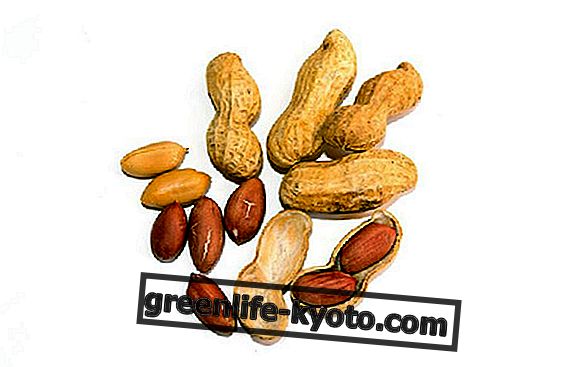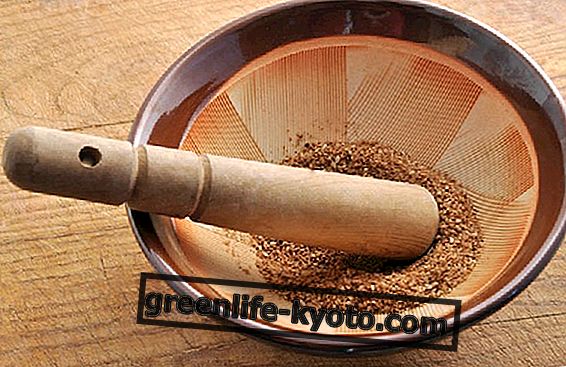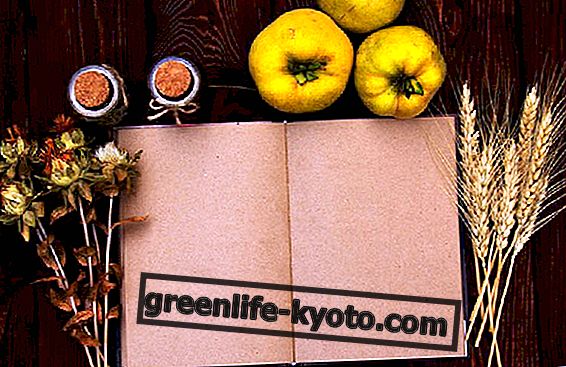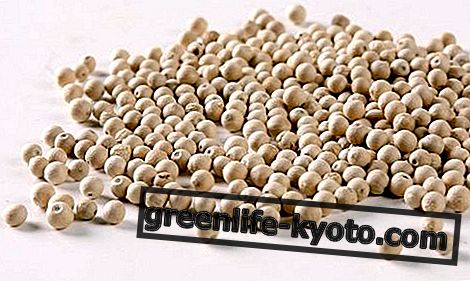
If "natural" is the watchword, it will have to be at 360 °: food, clothing and lifestyle, self and body care, skin and hair included.
Yes, because if the shampoo was marketed towards the 1930s as a consumer product, for some time now we have heard more and more talk about a return to non-shampoo, "no poo" in fact, as it was renamed in the United States.
These alternative methods of hair washing are increasingly people, especially women, to experiment and be satisfied. Even if your story is made of a transition from the qualisiasi shampoo, to the one without parabens or silicones, organic and as natural as possible, why not try to gradually use a shampoo-free washing method now?
It is not certain that abandoning the shampoo is the perfect and definitive solution, of course, every type of skin and hair is different; furthermore, criticisms have been made regarding these alternative methods.
However everyone is free to choose: here is a series of techniques, ranging from the classic "no poo", to the "cowash", to the use of herbs, natural soaps, starch, flour and even ashes !
Classic "no poo" method
Ingredients for medium hair:
> a couple of tablespoons of baking soda,
> little water to form a creamy sauce; water can be substituted with rosemary infusion;
> apple vinegar for rinsing.
Procedure : rub the mixture on wet hair, at the roots, massaging in the area and avoiding the tips, rinse well, finish with a rinsing with water and apple vinegar.
NB: Among the many satisfactions and positive notes of the use of this method, the photos of the before and after "no poo", there are also those who criticize the basicity of bicarbonate, which in the long run can ruin the hair. Massaging the hair before shampooing with coconut oil or using aloe gel and baking soda seems to be a viable alternative.
Each hair has its natural mask
"Cowash": what is it?
Cowash means "conditioner only wash" which means washing your hair without shampoo, using only conditioner. Sugar is used because, in addition to nourishing the hair, as reported by many people who have experienced it, it increases the cleansing power and scrub effect for the skin.
Ingredients for medium hair:
> half a glass of balsam
> 2 tablespoons of white or cane sugar .
Procedure : form a mixture that is then massaged onto the damp hair, then rinse thoroughly.
NB: Pay attention to the choice of balm: absolutely natural and without parabens or silicones!
Herbs and clays for the foliage
For mixing herbs, plants and clays use only non-metallic material, such as ceramic bowls and wooden tools.
After shampooing with these products, you can rinse with apple vinegar. The powders are found in the ethnic shops of the city or in organic and natural supermarkets.
shikakai
Ingredients and procedure: mix a couple of tablespoons of shikakai powder with warm or lukewarm water until you get a creamy consistency to massage on the damp scalp. Leave for a few minutes and rinse well.
NB: it is an herb used for centuries in India that washes without changing the natural hair pH; it also seems to prevent split ends and breaks.
Amla
Ingredients and procedure : mix a couple of tablespoons of amla powder with hot water until it forms a very creamy mixture. Let it rest for at least two hours. Apply the natural shampoo over the entire hair, massaging and leaving for about ten minutes. To obtain an even more purifying and conditioning effect, the powders of amla and shikakai can be used together.
NB: amla is a plant known in India since ancient times and for years the fruit has also been used in Ayurvedic medicine for the great antioxidant and regenerative power of cells.
Discover also the properties of Saponaria, used to wash your hair
Aritha or Reetha
Ingredients and procedure : take about 15 reetha nuts and remove the seeds. Put them in a bowl and pour in 6 cups of water. Leave to soak for about eight hours or all night. You will notice on the surface the foam-soap that they naturally produce and that can also be obtained by light boiling.
Natural shampoo is ready to bottle and use when needed. As it tends to dry the hair slightly, it is also possible to apply a coat of coconut oil on the tips before using it.
NB: Compared to walnuts, it is often easier to find reetha powder, which is equally good. Proceed as the others above, adding a jar of yoghurt to the mixture to make the hair even softer. Walnuts are the fruit of the Sapindus Mukorossi soap tree, known for years and used in India and Nepal.
Ghassoul (or "Rhassoul")
Ingredients :
> 3 tablespoons of ghassoul
> about a glass of water or rosemary infusion.
NB: The Moroccan Ghassoul clay strengthens and leaves the hair very soft immediately after rinsing; once dried, it often happens that the softness tends to disappear, drying them. It is a reaction to the previous use of chemical shampoos, which have intoxicated the hair, which will then tend to disappear.
Chickpea flour non-shampoo
Ingredients for medium hair:
> 3 tablespoons of chickpea flour,
> half a glass of warm water,
> a few drops of lavender or rosemary essential oil,
> a few drops of vegetable oil of your choice (including coconut oil, olive, jojoba or sweet almond),
> half a glass of apple vinegar for rinsing.
Procedure: in a bowl mix the flour with the water (you can also add an infusion of rosemary left to cool), form a creamy batter to which you will add a few drops of essential oil and vegetable oil. Massage thoroughly and rinse.
Lemon and cucumber for oily hair
Procedure: just blend a cucumber and mix it with the juice of half a lemon, for a nourishing and refreshing shampoo. It seems ideal for those with a tendentially fat hair.
These and always new ones meet, between countries, traditions and personal recipes. A suggestion is to try and discover what makes you feel better, also evaluating other ingredients that best suit your type of hair, such as rice starch or cornstarch, flax seeds, aleppo soaps and marseille, up to the possibility of using the old grandmother's lye!













